Yates Account
Join now
Create a Yates account today!
Sign up to join the Yates Garden Club for monthly e-mails packed with seasonal inspiration, tips for success & exclusive promotions.
Plus if you’re a Garden Club member you can take part in the Yates Growing Community - a blog to share successes, get advice & win prizes in fun challenges along the way!

Forgot password
Enter the email address associated with your account, and we'll email you a new password.

How to Grow the Best Home-Grown Tomatoes.
Tomatoes are arguably top of the list of the most versatile and delicious fruiting vegies to grow at home.
Our 4 top tips for a fantastic tomato harvest:
1. Support Tall Growers
Tall growing tomatoes, like Yates 'Sweet 100' and Yates Heirloom Yellow Pear will need a support to grow on. You can use tall bamboo or wooden stakes with soft twine or pantyhose, or train them to hang from a suspended soft tie, that you gradually spiral wrap around the stem as it grows.
2. To ‘Pinch’ Or Not?
On tall (indeterminate) tomato plants, new buds will begin to form in the 'elbows' between stem and leaves. These buds quickly turn into large unsupported side shoots (called laterals) that break off easily, and sap the plant's energy. To make certain the plant puts all its effort into producing juicy tomatoes from the main stem, the traditional method is to check regularly for laterals and get rid of them, by pinching or cutting them. This allows for abundant flowering and larger individual trusses of fruit.
Pro Tip: Pinching isn't needed for 'bush-type' determinate tomatoes, like 'Roma'. These lower-growing varieties don't need much support, so you can leave the laterals in place to sprawl where they want. You'll still get plenty of flowering trusses, for a bountiful harvest.

Pinching out a 'lateral'.
3. Consistent Water and Food
Water regularly and deeply at the base of the plant. Avoid splashing water over the foliage, to help reduce the chances of fungal problems like blight and mildew. Watering potted tomatoes is really important, as they dry out much faster than in-ground tomatoes. Mulch the soil around the base of the plants with lucerne or pea straw, to help retain soil moisture. Feed each week with Yates Thrive Tomato Liquid Plant Food, a complete tomato food that’s boosted with extra nutrients to improve yield.
4. Control Pests
Tackle repeat offenders like tomato fruitworm, aphids and tomato/potato psyllid by spraying tomato plants every 7 – 14 days with Yates Mavrik Gun Insect & Mite Spray.

Saucy!
It's hard to find a better cooking tomato than the classic 'Roma'. Roma has deep red, medium sized, distinctively plum-shaped fruit. Because they have dense, meaty flesh, they’re ideal for sauces, paste, bottling, soups and sun or slow-oven drying. High in pectin and low in juice, they cook down beautifully to make rich, intensely flavoured sauces.
Most of us assume Roma originated in Italy, but it seems they first appeared in the United States during the 1950s. Roma definitely has the classic Italian ‘San Marzano’ paste tomato in their family tree, though. Wherever they came from, Roma is a fantastic, versatile tomato to grow at home.
Yates Roma seed can be sown direct where the plants are to grow, from October in warmer areas, November in cooler regions. If you'd prefer to start earlier, you can start them inside in trays or small pots, then transplant them when they’re around 5–7cm high. Roma tomatoes can be grown in a sunny spot in a vegie patch, or will happily thrive in a pot or polybag. Being a determinate 'bush' type tomato, they don’t need staking.
Once your seedlings are established, feed them with Yates Thrive Tomato Granular Plant Food. It contains a custom blend of fast feeding nitrogen, phosphorus and potassium to promote healthy leaf growth, lots of flowers and tasty, tasty tomatoes. Added calcium and magnesium helps protect plants from trace element deficiencies. The controlled-release nitrogen in Yates Thrive Tomato Granular Plant Food feeds tomato plants gradually, for up to 12 weeks.
Roma Tomatoes will be ready to pick from around 11 weeks after sowing.
To protect tomatoes from their usual insect pests, spray the plants each week with Yates Nature’s Way Pyrethrum. It contains pyrethrin, (a natural extract from the pyrethrum daisy) to control a range of pests including aphids, whitefly and caterpillars.
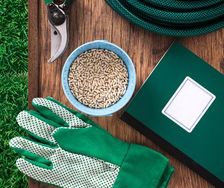

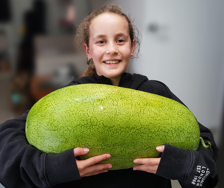
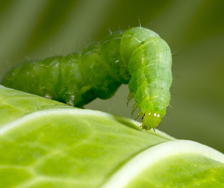
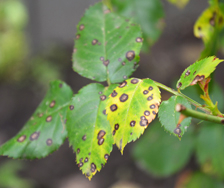
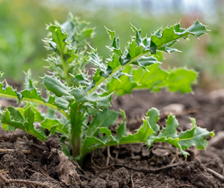











Share
Share this article on social media